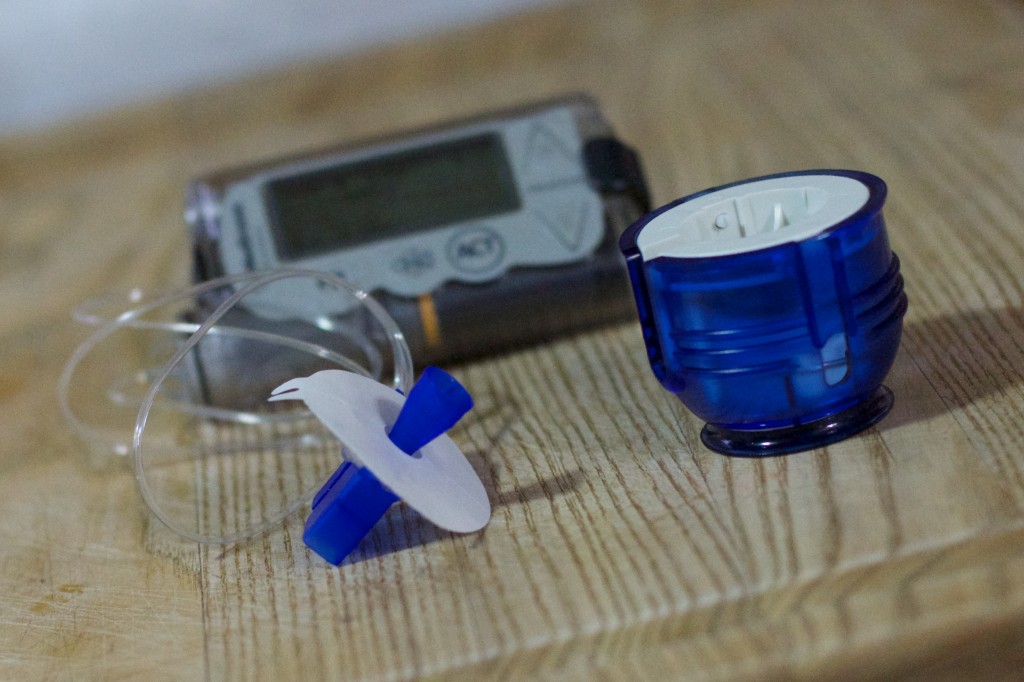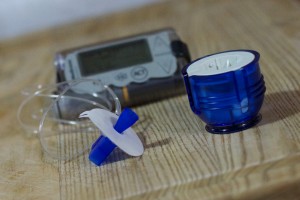People with type 1 diabetes who use insulin pump therapy face almost 50% less risk of dying from cardiovascular disease than those who take insulin by multiple daily injections.
The British Medical Journal has published a study conducted at Sahlgrenska Academy. Based on the National Diabetes Register, researchers monitored 18, 168 Swedes with type 1 diabetes from 2005 to 2012. While 2,441 of the subjects used insulin pump therapy, the others relied on multiple daily injections.
The study found that insulin pump users had a substantially lower risk of dying of cardiovascular disease than the daily injection group. The correlation was statistically certain.

“We carefully analyzed the findings to eliminate the risk of bias or confounding and concluded that the effect had been fully verified,” says Isabelle Steineck, researcher at Sahlgrenska Academy.
More frequent monitoring
Continue Reading Below ↓↓↓
The next step will be to identify the mechanisms that explain the extra benefits of insulin pump therapy. Dr. Steineck believes that one reason for the difference between the two therapies is that the insulin pump method is accompanied by more extensive patient training and more frequent blood glucose monitoring.
“There is a rationale for insulin pump treatment resulting in more stable blood glucose concentrations than multiple daily injections” she says. “Previous studies have shown that insulin pump can reduce the frequencies of severe hypoglycemic episodes. Severe hypoglycaemia can be a risk factor for cardiovascular events, particularly among high risk individuals.”
“We evaluated the patients who used insulin pump therapy and do not know if the observed effect is attributable to continuous infusion of insulin or that some of the effect is attributable to intensified glucose monitoring, increased motivation to control blood glucose, or a better knowledge about having diabetes type 1” says Isabelle Steineck.
Safe and effective
The researchers have concluded that insulin pumps not only make life easier for patients, but represent a safe and effective treatment method.
“This is good news for anyone with type 1 diabetes,” says Soffia Gudbjörnsdottir, diabetologist and director of the Swedish National Diabetes Register. “But not everybody wants to use a pump, and the biggest priority is still to optimize blood glucose monitoring.”
Approximately 20% of Swedish type 1 diabetes patients have access to insulin pump therapy. But earlier studies at Sahlgrenska Academy have demonstrated that hospitals vary greatly – anywhere from 12% to almost 30% of patients may receive pumps.
The article “Insulin Pump Therapy, Multiple Daily Injections and Cardiovascular Mortality in 18,168 People with Type 1 Diabetes: Observational Study” was published online by the British Medical Journal on June 22.
Source and Photo Credit: The University of Gothenburg.











